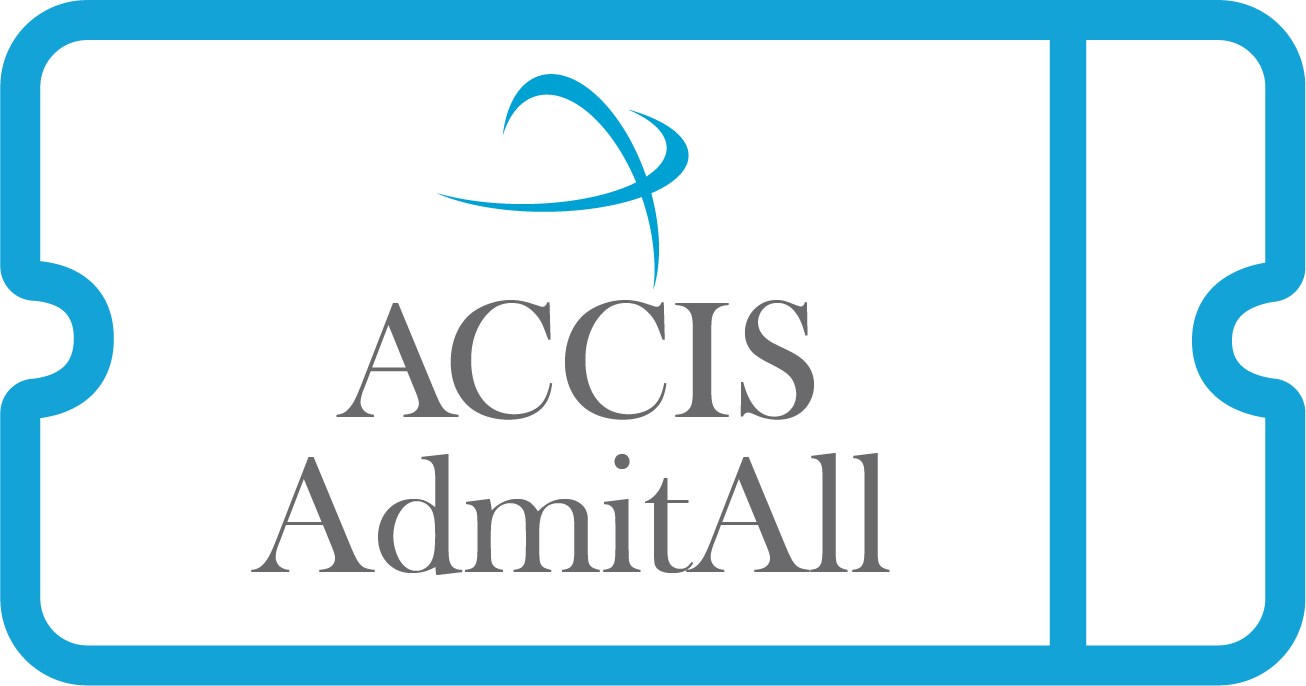
Sumana Moudgal, The Westminster Schools
December 18, 2024
I almost didn’t apply.
It was the fall of 2020 and I was frantically looking for another position. Having served as the Magnet Counselor at a public school for 10 years, I was burnt out. I loved my job – the students I counseled and the families I supported – but maintaining a healthy work-life balance was lost. Fall came and went, as I applied and interviewed with several international schools abroad alongside others closer to home. There were many late night interviews (the time zone tango!) where after battling the exhaustion of a full day of work, I put on my happiest face at the interview and gave it everything I had. In the end, I received multiple offers, but either the location wasn’t right, or the package didn’t quite meet my needs.
When February came around and I still did not have anything in hand, I started to panic. The thought of being adrift come August terrified me. Then, as if by divine intervention, college counseling positions opened up at multiple independent schools in Atlanta. I excitedly logged onto Westminster’s website and started to comb through the pages, learning more about the school and the job itself. My heart sank when I read the words “we are a school with an inclusive Christian mission.” Then, “inclusive” read as inclusive of the various Christian sects. I assumed that there was little place for a Hindu in that definition. Caught up in that verbiage, I almost didn’t apply.
Here I am, four years later, writing a blog on “Belonging in the workplace,” at my school with an “inclusive Christian mission.”
I have thought hard about what feeds into a sense of belonging. How do I explain why I feel more of a sense of belonging at my Christian school, rather than at the public school that was the most diverse in the county, with students from 64 countries walking the halls?
My quest for a palatable understanding of belonging led me to Brene Brown and a podcast where she said, “Fitting in is the opposite of belonging.” That sentence shook me up. Had I gotten it all wrong thus far? If you fit in, don’t you belong? I have since come to understand that “fitting in” is force fitting a round peg into a square hole. “Belonging” is having a custom space that houses you and all of your uniqueness. I started to wonder; what was my adult equivalent moment of sitting in the hallway during lunch, opening my lunchbox, only to be mocked by other students? I couldn’t come up with one.
Today, as the faculty lead for our South Asian Affinity Group (SAAG…yes all affinity groups are somehow named after food), I, along with other South-Asian faculty members, celebrated Diwali two ways: one event for families, students, and faculty in the evening and another gathering just for students during their lunchtime. For our larger family program, the President of our school stood beside a South Asian student and lit a ceremonial lamp to kick off a night of celebration. It is events like these that are embraced by faculty of all ethnic backgrounds, who will dance in a garba circle with students, that make me feel like I belong. When I dress up in traditional Indian attire, my colleagues appreciate the bright colors and beautiful silks. When I feel seen and am acknowledged in a moment when I am leaning into and embracing my roots, I feel like I belong.
But, belonging in the workplace comes from more than just finding community in identity. On the work front, it comes from an acknowledgement of and receptivity to new ideas that you as a newbie will bring to the table. It is when those ideas don’t just get a polite nod, but actually make it to the drawing board. It is about having a seat at the table where every voice carries equal weight, even if your suggestions seem a bit “out there” at first. It is not even if your ideas get implemented in the end. The magic happens in those moments when you can speak up without your heart racing, knowing your teammates will genuinely consider your perspective. It is being given the freedom to lead, design, and execute projects with my vision. It is putting my stamp on something and watching it come to life. That feeling when you can proudly say, “Yeah, I built that.” That’s belonging in action.
Then, there are stories about colleagues rallying around me to celebrate not just mine, but my children’s successes. When my daughter was looking for a job, colleagues from school and my broader professional circle turned into my personal networking army, actively reaching out to their networks, sharing opportunities and championing her success like she was their own family member. The genuine joy in their faces when they jumped on the FaceTime call to congratulate her when she finally landed a job told me that it wasn’t just workplace courtesy; it was authentic connection.
Belonging in the workplace doesn’t come from team building exercises, or “forced family fun” as our President calls it. It is forged in these real life moments: the celebrations, the struggles, and the act of showing up for each other. And this, I will argue, transcends cultural alignment and community in identity. It strikes at the heart of human connection, and that is something worth investing in.
So while having people who look like me around me is important, that true feeling of belonging comes from authentic human connection - from (as a wise Art teacher once said) “not just being interesting, but being interested in others.” From drilling down to the most basic of human values; respect, empathy, dignity, fairness, truth and compassion, and using these building blocks to forge deep relationships that will weather the ups and downs of political climate, family and work stressors, and hormonal changes. As I get older, I find myself believing in a person’s whole story and not their latest chapter. After all, if my track record does not count for anything, then I’ve got nothing. And perhaps that is the real gift of time - learning that we are all more than our worst moments. We are an amalgamation of all moments that led us here.
